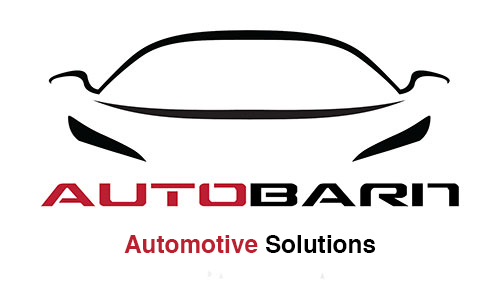Auto Detailing
Auto detailing is the process of thoroughly cleaning, restoring, and protecting a vehicle's exterior and interior surfaces to improve its overall appearance. It goes beyond a regular car wash and involves meticulous cleaning, polishing, and sometimes even minor repairs to achieve a high level of cleanliness and shine.
Washing
The vehicle is carefully washed using high-quality car wash products to remove dirt, grime, and other contaminants from the exterior surfaces.
Claying
A clay bar or clay mitt is used to remove embedded contaminants like tree sap, tar, and industrial fallout that cannot be removed by washing alone.
Polishing
This step involves the use of machine polishers and abrasive compounds to remove swirl marks, fine scratches, and oxidation from the paint surface, restoring its shine and smoothness.
Waxing/Sealing
A protective layer of wax or sealant is applied to the paintwork to enhance shine, provide UV protection, and act as a barrier against environmental elements.
Interior Cleaning
The interior surfaces, including the seats, carpets, dashboard, and other components, are thoroughly vacuumed, cleaned, and conditioned to restore their original appearance.
Glass Cleaning
The windows and windshield are cleaned to remove streaks, smudges, and other marks, ensuring optimal visibility.
Ceramic Coating
Ceramic coating, also known as nano-ceramic coating or glass coating, is a liquid polymer applied to the vehicle’s exterior surfaces to create a protective layer. It forms a chemical bond with the paintwork, providing long-lasting protection and enhancing its gloss.
Benefits of ceramic coating include:
- Protection: Ceramic coating creates a semi-permanent barrier that shields the paint from UV rays, oxidation, bird droppings, tree sap, chemicals, and other contaminants, minimizing damage and fading.
- Hydrophobic Properties: The coating’s hydrophobic nature causes water to bead and slide off easily, making the vehicle easier to clean and reducing the likelihood of water spots.
- Enhanced Gloss: Ceramic coating enhances the depth and clarity of the paint, giving the vehicle a glossy, mirror-like finish.
- Ease of Maintenance: The slick surface created by the coating makes it harder for dirt and grime to adhere to the paint, simplifying the cleaning process.
Paint Protection Film
Paint protection film (PPF), also referred to as clear bra or invisible shield, is a thin, transparent film applied to a vehicle’s exterior surfaces, primarily the front end, to protect against chips, scratches, and other forms of damage.
Key features of paint protection film include:
- Impact Resistance: PPF acts as a sacrificial layer, absorbing the impact of small debris such as rocks, gravel, and bugs, preventing them from directly damaging the paintwork.
- Self-Healing Properties: PPF products have self-healing properties, which allow minor scratches and swirl marks to disappear over time when exposed to heat, such as sunlight or warm water.
- Clarity and Gloss: The film is designed to be optically clear, ensuring that the underlying paint’s color and shine remain unaffected.
- Longevity: Paint protection film is durable and can last for several years, providing extended protection to the vehicle’s exterior.
Tinting
Window tinting involves applying a thin, colored film to the windows of a vehicle to reduce the amount of sunlight and heat that enters the cabin. It offers various benefits, including:
- Heat Reduction: Tinted windows can significantly reduce the amount of heat entering the vehicle, keeping the interior cooler and reducing the need for excessive air conditioning.
- UV Protection: The film blocks a significant portion of harmful UV rays, protecting passengers and the vehicle’s interior from

